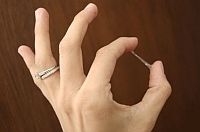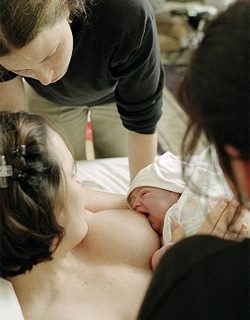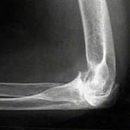Selection during, before and after ovulation. What vaginal allocations are the norm, and which indicate pathology. What, according to gynecologists, there are bloody discharges when ovulation.
Content
 The change in the nature of the vaginal discharge is due to the hormonal rebuilding of the female organism during the menstrual cycle. Ovulation — The exit period of the mature egg from the follicle of the ovarian in Fallopiev pipe. This process takes place in almost every cycle in a woman of childbearing age. The hormonal balance of the female body affects ovulation. Angular cycles may occur several times a year (without ovulation). Ovulation may not be after abortion or miscarriage.
The change in the nature of the vaginal discharge is due to the hormonal rebuilding of the female organism during the menstrual cycle. Ovulation — The exit period of the mature egg from the follicle of the ovarian in Fallopiev pipe. This process takes place in almost every cycle in a woman of childbearing age. The hormonal balance of the female body affects ovulation. Angular cycles may occur several times a year (without ovulation). Ovulation may not be after abortion or miscarriage.
The relationship between ovulation and vaginal discharge is directly proportional: the closer ovulation, the more selection. Mostly allocations in the period of ovulation are similar to raw egg protein. The nature of the discharge (their consistency and color) may vary for various reasons, among which the diseases of the genitourinary system of women.
What affects allocations during ovulation
The nature of the selection during the ovulation period may vary. The reasons for such changes are influenced on ovulation from the outside:
- the presence of vaginal infections;
- sexual intercourse using intimate gel lubricant (lubrication);
- sexual attraction;
- vaginal douching;
- lactation;
- venereal diseases.
The secret to be allocated during ovulation is similar to egg protein (raw) and has a high drig. For those who want to become pregnant, it is necessary to know that this period is most successful for conception of the child: spermatozoa is able to survive in such discharges up to five days. Under the action of hormone estrogen, cervical mucus is produced, more viscous and sticky. In the absence of bad smell and discomfort in the field of genital organs, it is the norm.
Types of secretions during, before and after ovulation
 Among the allocations associated with the phenomenon of ovulation, the following types are distinguished:
Among the allocations associated with the phenomenon of ovulation, the following types are distinguished:
- white;
- dense, similar to crude egg protein;
- viscous, sticky;
- Blood.
White highlights from the vagina warn a woman about the imminent occurrence of an ovulation period. Abundant and stretching allocations of the type of raw egg protein are characteristic of women of childbearing age and are the most common when ovulation. Rare allocations of a viscous and adhesive nature mainly indicate that ovulation has already ended. Blood sections after ovulation are either menstruation, or the result of the implantation of the fetal egg (in the case of pregnancy). Allocations when ovulation helps a woman to calculate favorable days to conceive.









